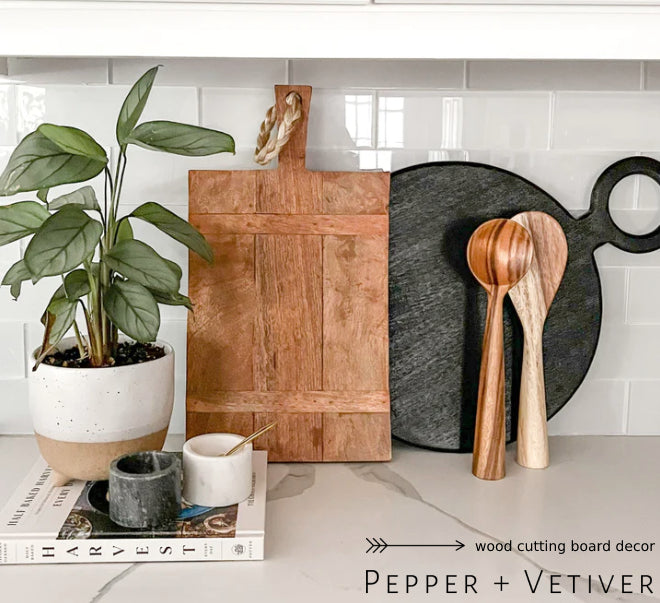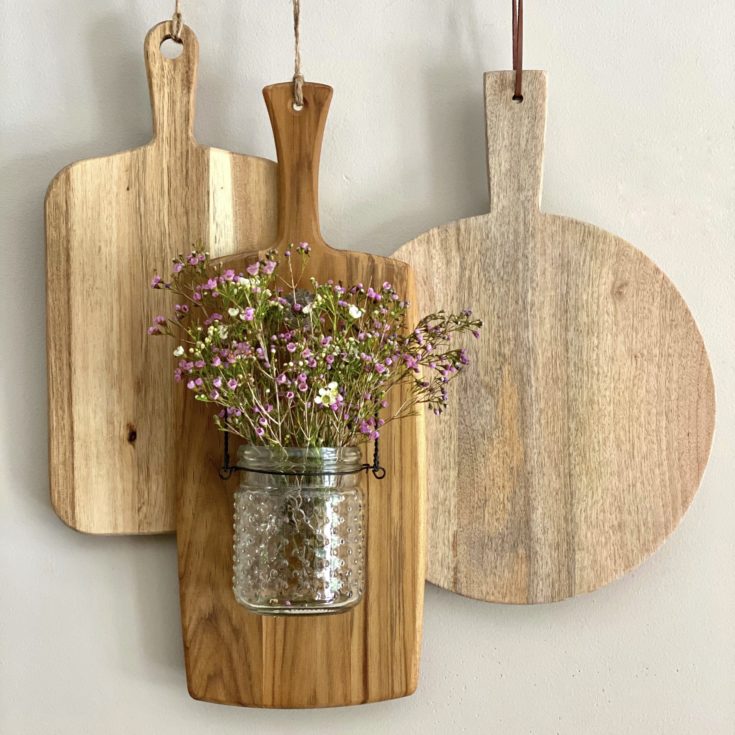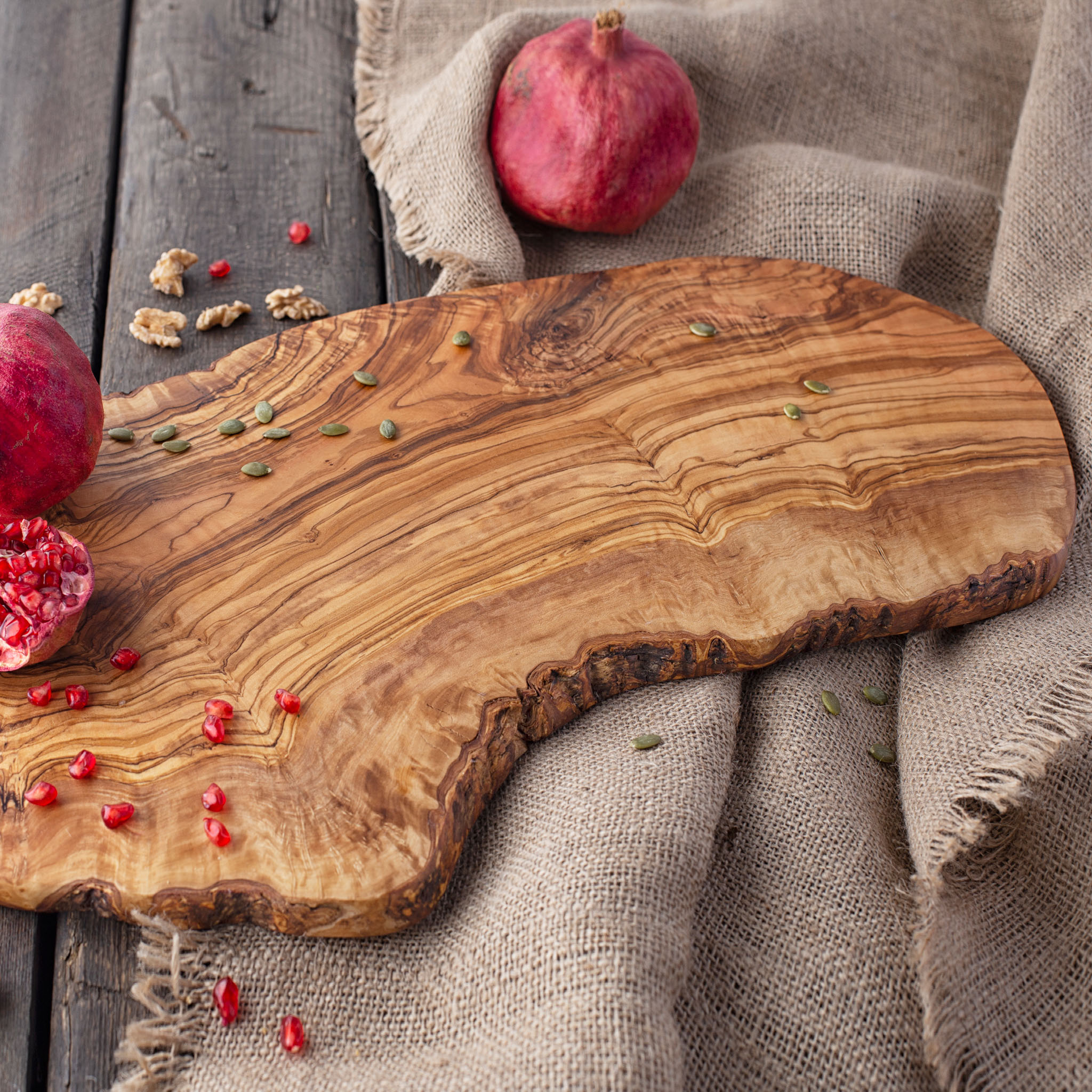Welcome to the enchanting world of decorative wooden cutting boards! From their stunning aesthetics to their functional benefits, these kitchen essentials are more than just tools; they are pieces of art that can elevate your cooking experience. I’ve spent countless hours experimenting with different styles, materials, and finishes, and I’m excited to share everything I’ve learned with you.
The Allure of Decorative Wooden Cutting Boards
Wooden cutting boards have long been a kitchen staple, but decorative boards bring a unique flair that combines beauty with practicality. They can serve as attractive serving platters, enhance your kitchen décor, and even make thoughtful gifts.
Why Choose Wooden Cutting Boards?
- Natural antibacterial properties
- Durability and longevity
- Aesthetic appeal
- Versatility in the kitchen

Personal Experience with Decorative Boards
Growing up, my grandmother had a beautifully carved wooden cutting board that was always adorned with fresh herbs and colorful vegetables. This wasn’t just a tool for her; it was a centerpiece that brought family and friends together. Now, as I create my own kitchen arrangements, I find myself drawn to similar boards that remind me of those warm gatherings.

Types of Decorative Wooden Cutting Boards
Not all wooden cutting boards are created equal. Here, I break down some popular types and their unique features.

1. End Grain Cutting Boards
End grain boards are made by arranging wood pieces with the grain facing up. This design is known for being gentle on knives and reducing scratches.

Pros and Cons
| Pros | Cons |
|---|---|
| Gentle on knives | Can be more expensive |
| Durable and long-lasting | Heavier to handle |
| Beautiful patterns | Requires more maintenance |
2. Edge Grain Cutting Boards

Edge grain boards are made from strips of wood arranged side by side. They offer a balance of aesthetics and functionality.
Pros and Cons
| Pros | Cons |
|---|---|
| Lightweight and easy to handle | Less durable than end grain |
| Cost-effective | More prone to knife marks |

3. Reversible Cutting Boards
Reversible boards often have a different design or finish on each side, providing versatility for both cutting and serving.
Pros and Cons
| Pros | Cons |
|---|---|
| Multifunctional | May lack stability |
| Easy to store | Can be harder to clean |
4. Charcuterie Boards
These decorative boards are perfect for serving meats, cheeses, and fruits, often featuring artistic carvings.
Pros and Cons
| Pros | Cons |
|---|---|
| Great for entertaining | Less practical for cutting |
| Often beautifully designed | Can be pricey |
Materials Used in Decorative Wooden Cutting Boards
The type of wood used significantly affects both the appearance and functionality of a cutting board. Here are some popular choices:
1. Bamboo
Bamboo is a sustainable material that is lightweight and harder than most woods, making it a durable option.
2. Maple
Maple is a classic choice known for its durability and resistance to bacteria. Its light color also complements many kitchen styles.
3. Walnut
Walnut boards are elegant and dark, providing a stunning contrast against colorful ingredients.
4. Cherry
Cherry wood develops a rich patina over time, adding character to your kitchen.
Choosing the Right Decorative Wooden Cutting Board
When selecting a cutting board, consider how you intend to use it, your aesthetic preferences, and maintenance requirements.
Factors to Consider
- Size and shape
- Wood type and finish
- Maintenance and care
- Style and design
Comparison Table: Different Wooden Cutting Boards
| Type | Durability | Maintenance | Price Range |
|---|---|---|---|
| End Grain | High | Moderate | $$$ |
| Edge Grain | Medium | Low | $$ |
| Bamboo | Medium | Low | $ |
| Charcuterie | Variable | Moderate | $$$ |
Maintaining Your Decorative Wooden Cutting Boards
Wooden cutting boards are investments that require proper care to ensure longevity and retain their decorative appeal.
Cleaning Your Cutting Board
To clean your wooden cutting boards, follow these simple steps:
- Wipe with a damp cloth after each use.
- Use mild soap and warm water for deeper cleaning.
- Avoid soaking your board to prevent warping.
Oiling and Conditioning
Regularly applying food-grade mineral oil helps to maintain the wood’s moisture and prevents cracking.
Removing Stains and Odors
To tackle stubborn stains or odors, sprinkle coarse salt on the board and rub with half a lemon. Rinse and dry thoroughly afterward.
Decorative Wooden Cutting Boards: An Appetizing Gift Idea
Decorative wooden cutting boards make thoughtful gifts for weddings, housewarming parties, or culinary enthusiasts. Personalizing a board with a name or monogram can add a special touch.
FAQs About Decorative Wooden Cutting Boards
1. Are wooden cutting boards safe for food?
Yes! Wooden cutting boards are safe for food. They have natural antibacterial properties that can help reduce the risk of contamination.
2. How long do wooden cutting boards last?
With proper care and maintenance, wooden cutting boards can last many years—some even become heirlooms passed down through generations.
3. Can I put my wooden cutting board in the dishwasher?
No, it is not recommended to put wooden cutting boards in the dishwasher, as the heat and moisture can cause warping and cracking.
4. How often should I oil my wooden cutting board?
It’s best to oil your wooden cutting board every few weeks, or whenever the surface appears dry.
5. Can I use both sides of a decorative cutting board?
Yes, many decorative boards are reversible, allowing you to use both sides. Just be sure to clean both sides regularly to maintain hygiene.
Conclusion: Elevate Your Culinary Experience
Decorative wooden cutting boards serve multiple purposes; they are functional, aesthetic, and a lasting reminder of culinary artistry. Whether you’re slicing vegetables for a stir-fry or presenting a charcuterie display for guests, these boards can enhance your culinary experience.
Embrace the charm of a decorative wooden cutting board in your kitchen and let it become part of your cooking story, just as my grandmother’s board was part of ours. Happy cooking!